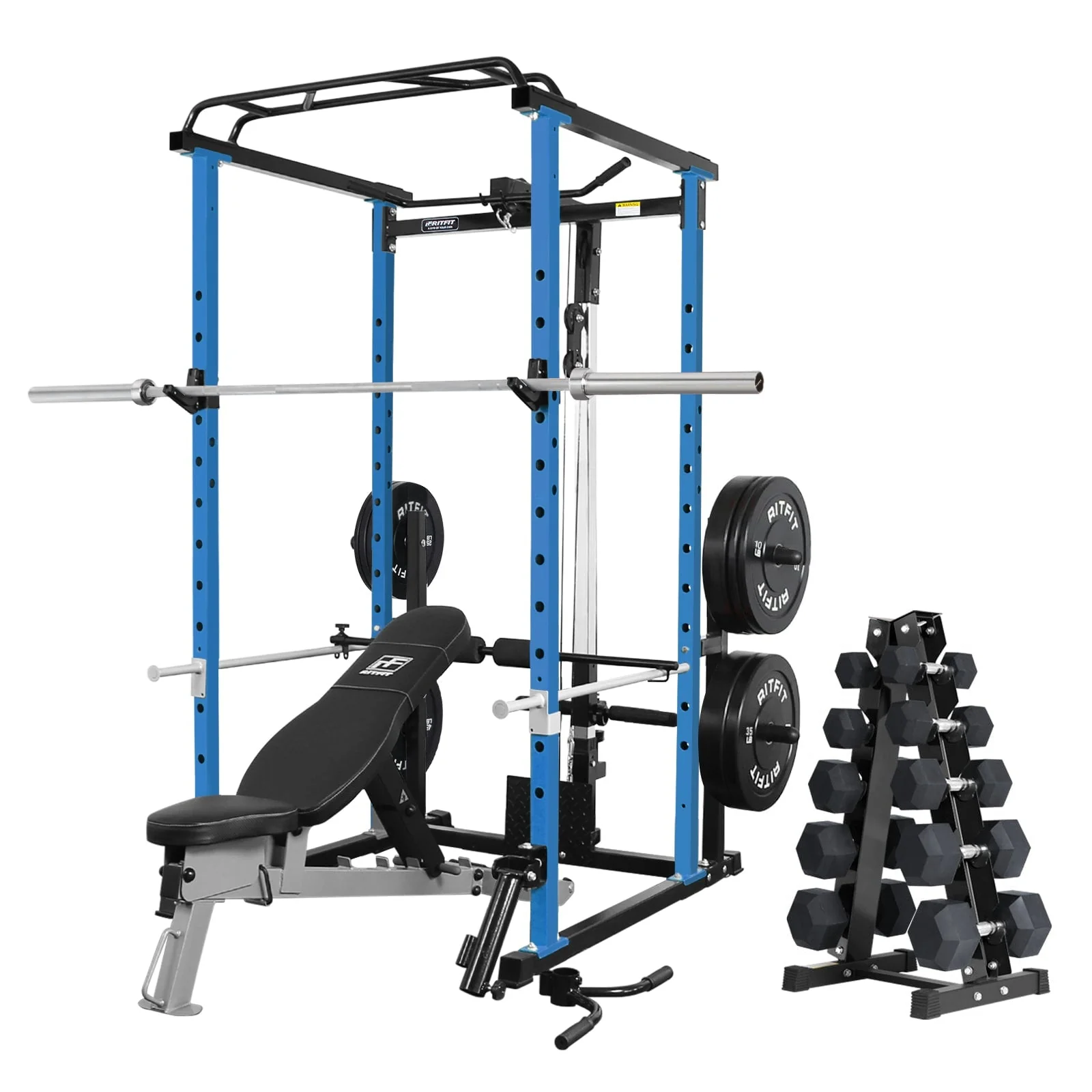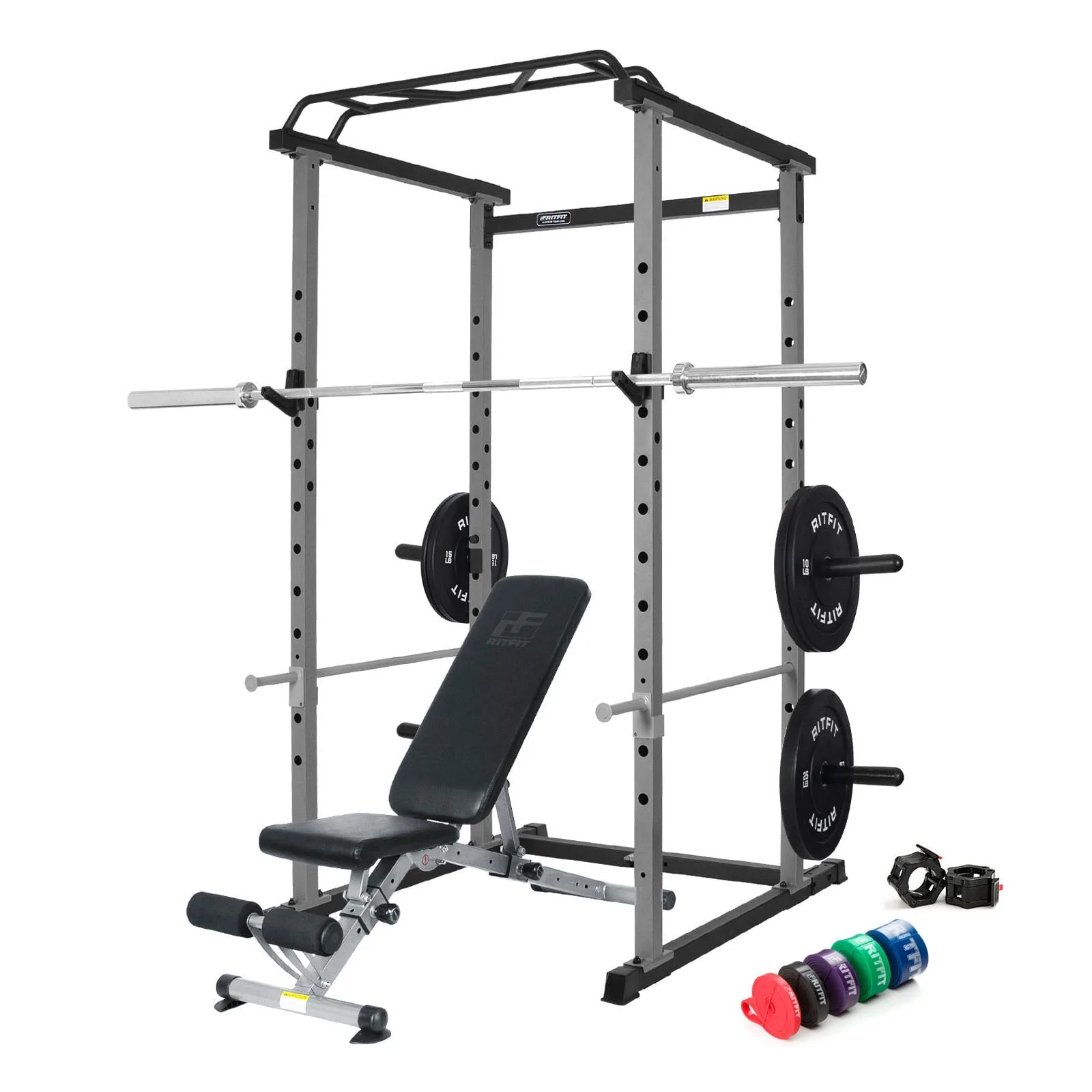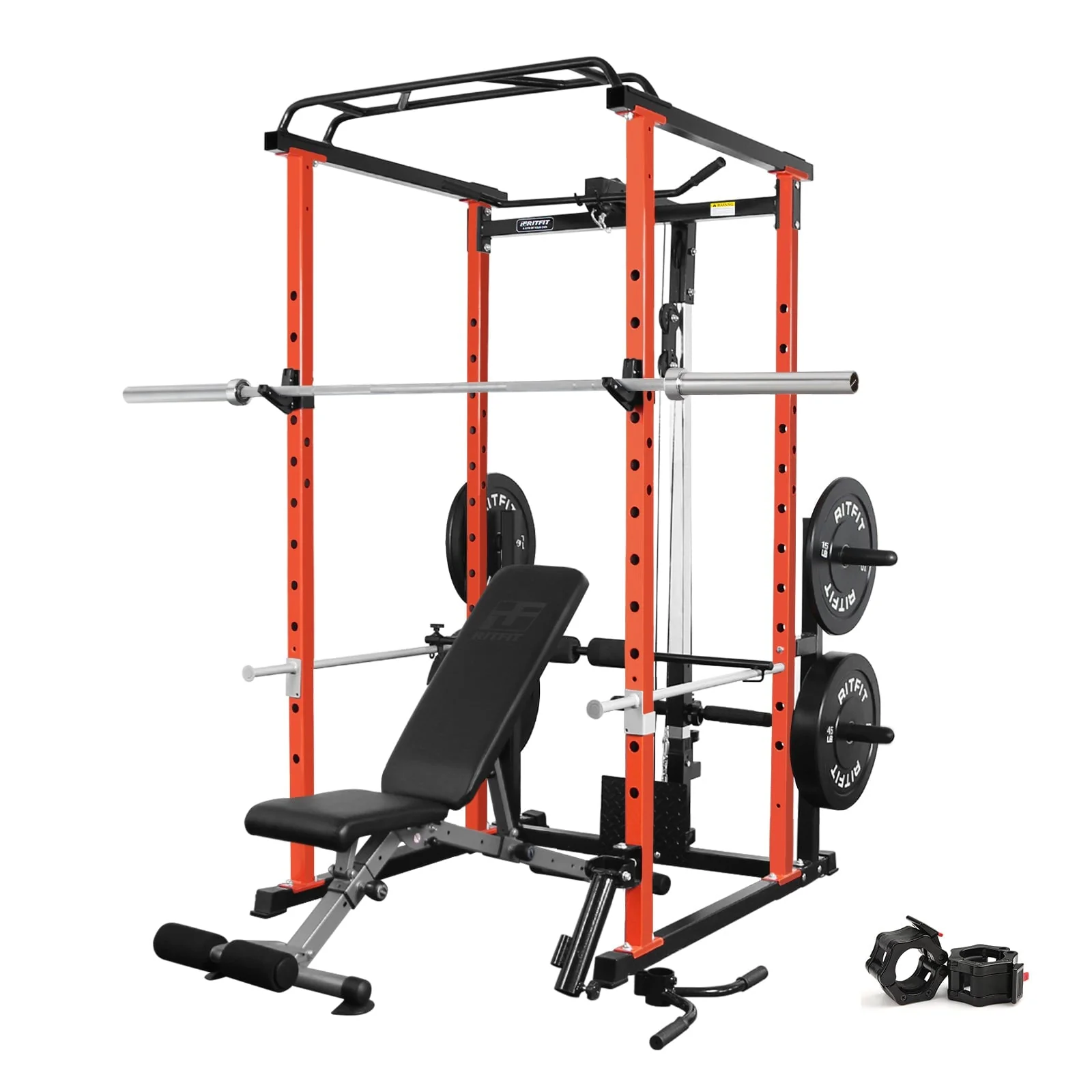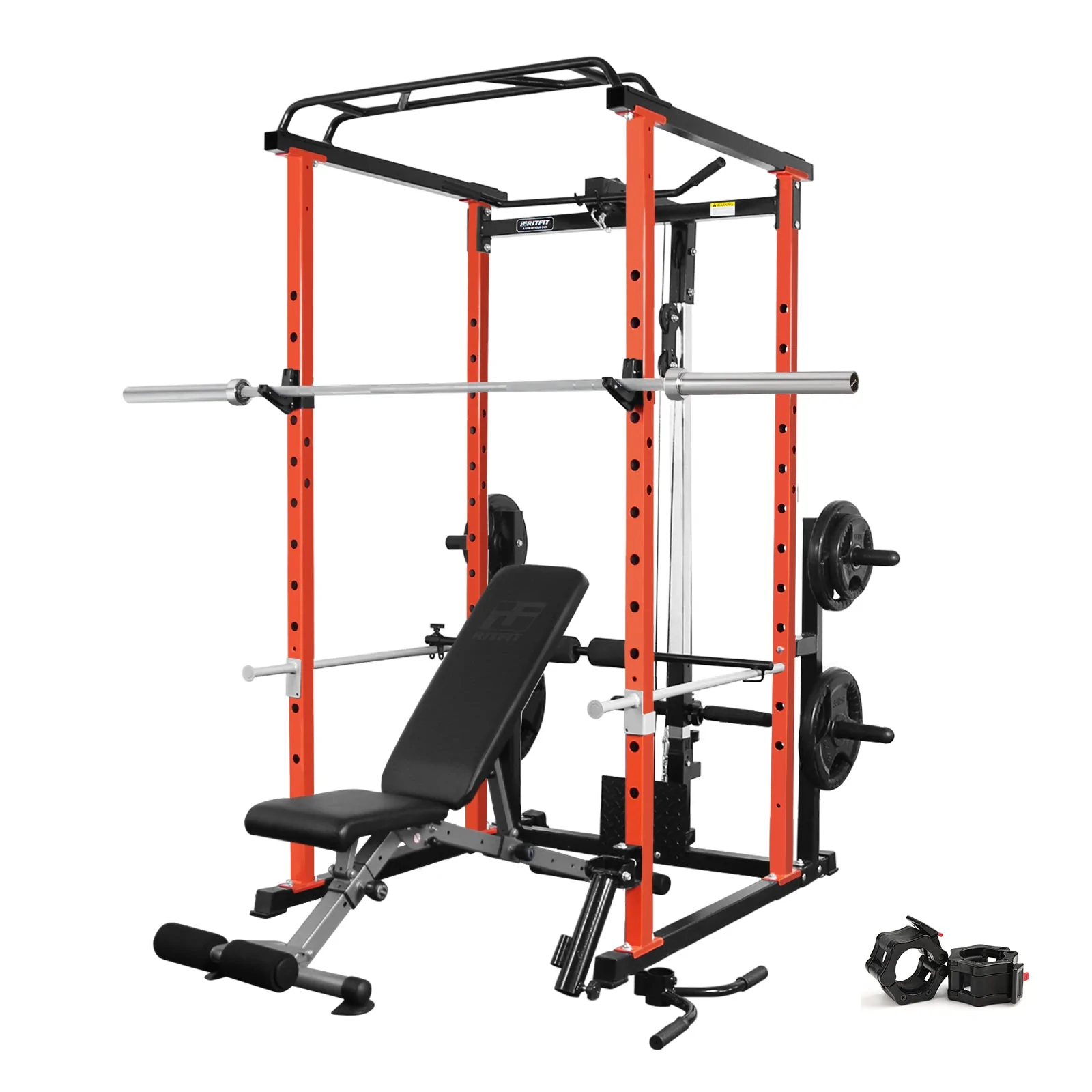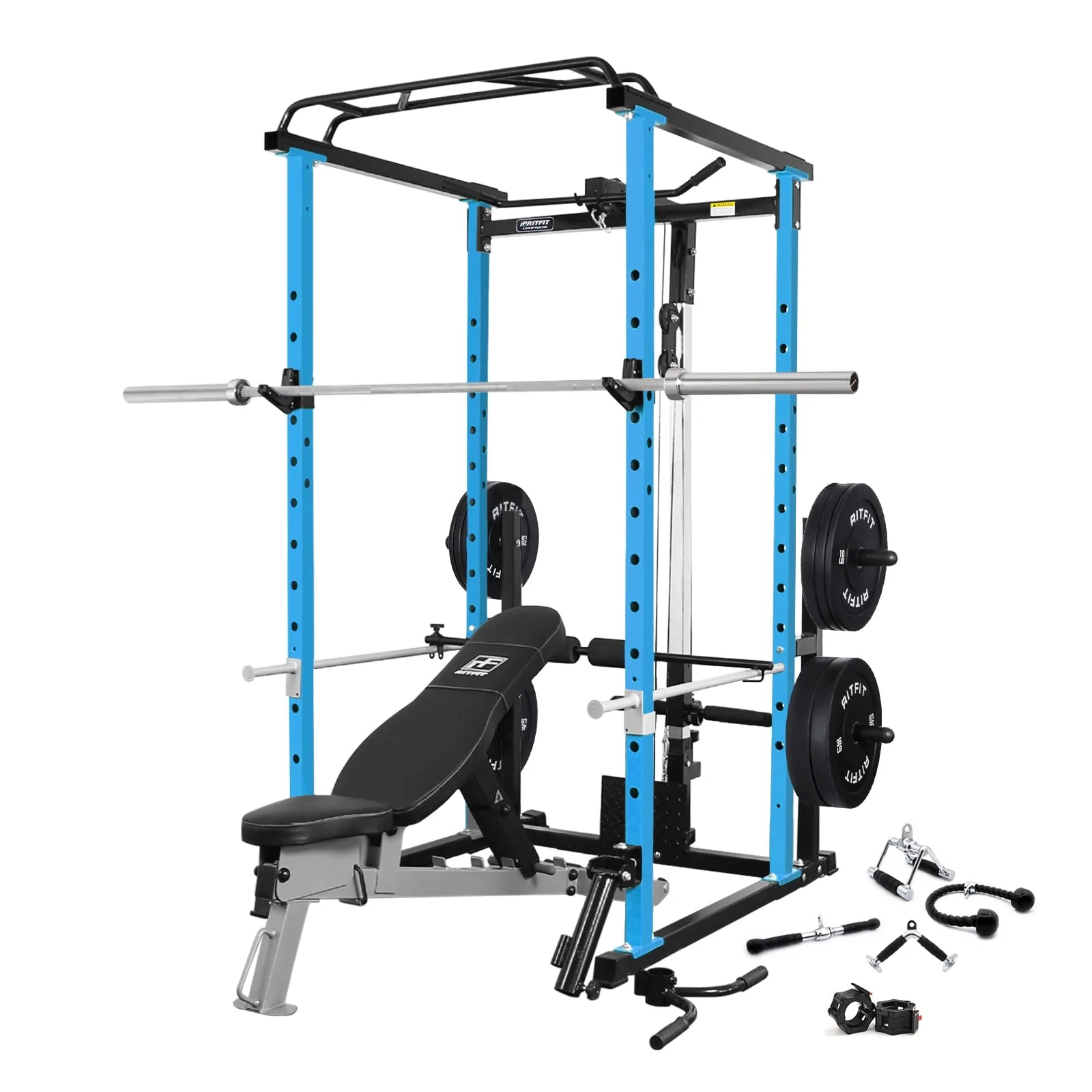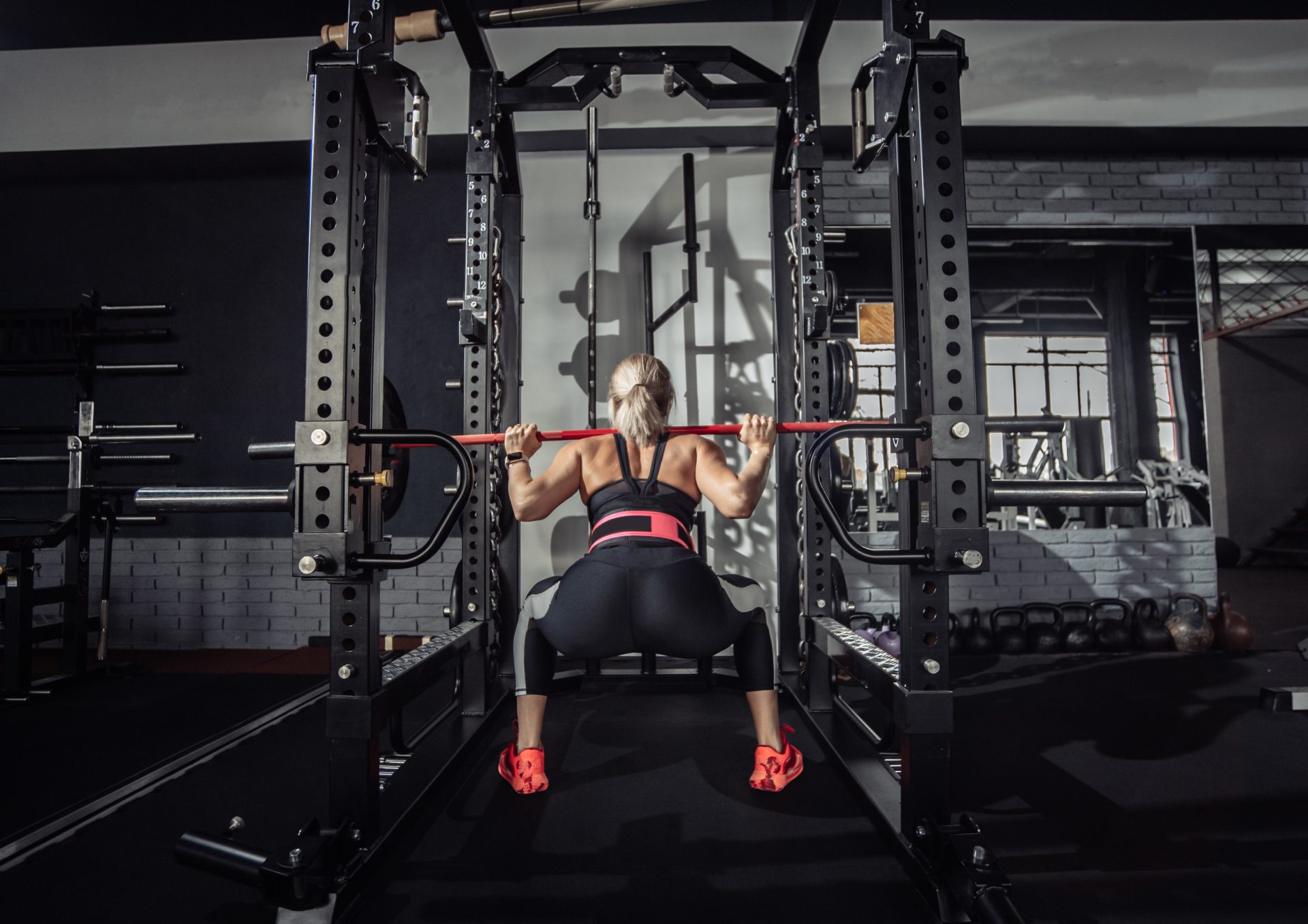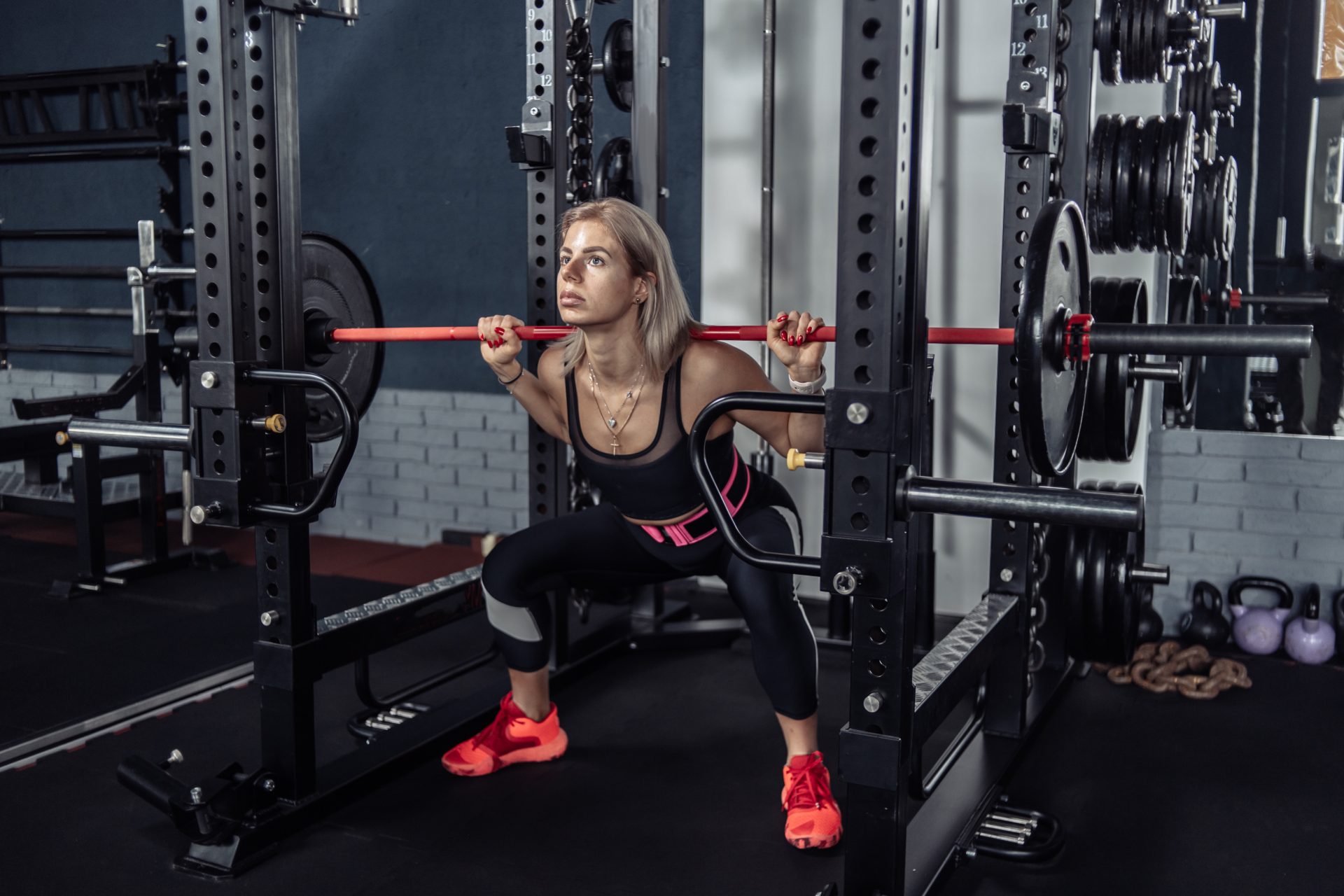Pin squats are a type of squat exercise that is often overlooked in many traditional training programs. However, pin squats offer a number of advantages over other variations of the classic squat exercise, including increased muscular activation and improved safety. In this article, we’ll explore the benefits of pin squats, provide step-by-step instructions for proper form and execution, compare pin squats with pause squats, discuss recent research on their effectiveness, and more.
Contents
Best Power Cages for Pin Squats
Definition of Pin Squats
Pin squats are a type of exercise that involves performing a traditional squat while having adjustable pins or supports set up at various heights along the rack to act as a spotter or safety mechanism.
This allows you to perform full range-of-motion movements without fear of getting stuck at the bottom or having too much weight on your back.
Additionally, since you are supported by the pins throughout the entire movement, you can focus more on proper form and technique without worrying about being able to complete the full rep.
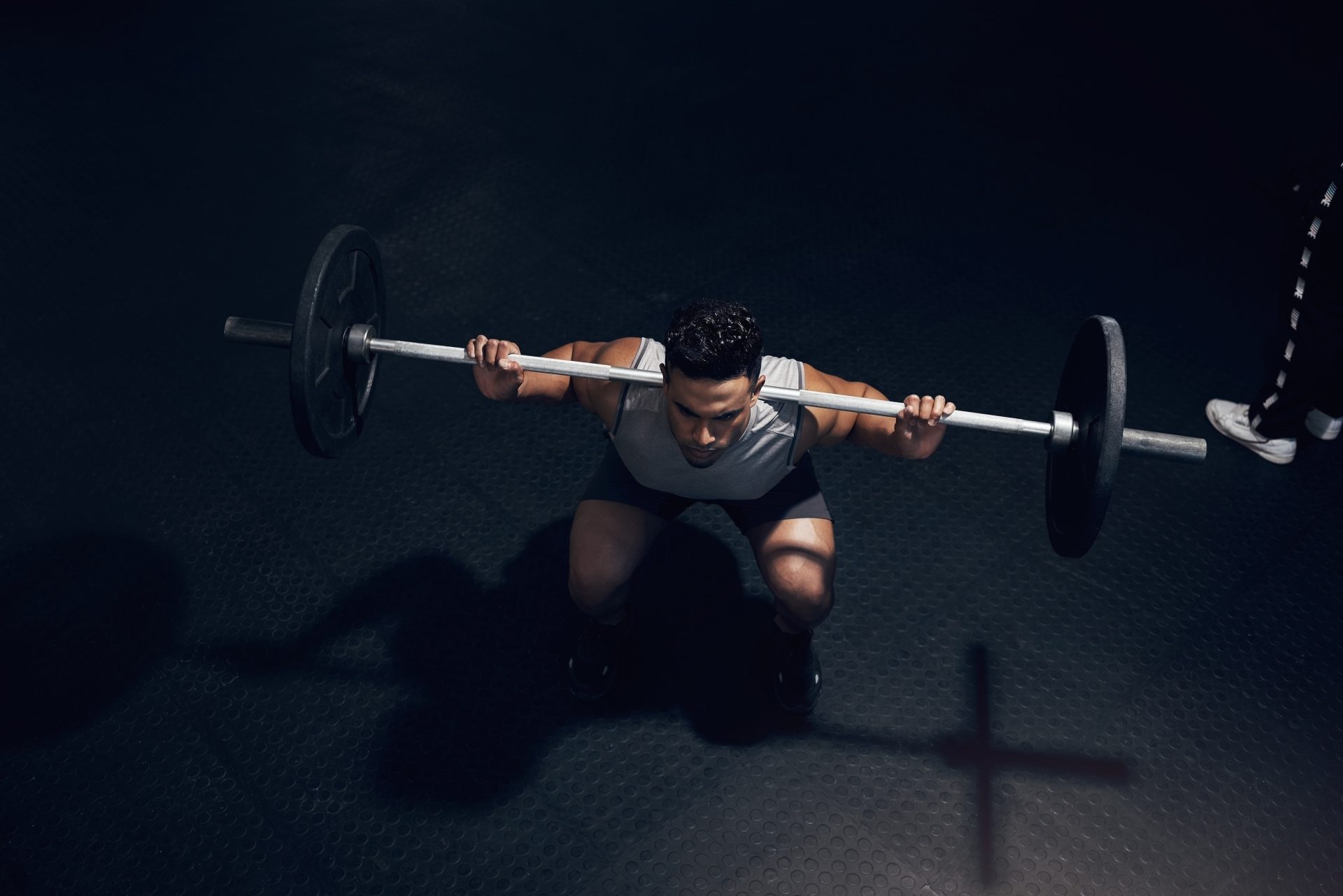
How To Pin Squats?
As we said, this kind of squat is a great exercise for strengthening your lower body muscles, such as your quads, hamstrings, and glutes.
To get the most out of your workout and avoid possible injury, it is important to follow step-by-step instructions for proper form to ensure the safety of you and those around you.
Start by setting a safety pin at knee height or slightly above on the squat rack.
Then sit underneath the bar, positioning your feet slightly wider than shoulder-width apart with your toes pointing outwards at a slight angle.
From this position, stand up by driving through your heels and pushing your hips forward until you’re standing fully upright.
Make sure that you don’t lean too far forwards while completing the movement in order to maintain stability in your core and back.
Finally, lower yourself slowly under control to return to the starting position before repeating for desired reps and sets. Use the same technique as for a classic squat. (trusted source).
If done correctly pin squats can help to improve strength and muscular balance in your legs over time.
Works multiple muscles
Pin squats are an impressive exercise for building muscle and strength.
During a pin squat, you do not rest on a bench like a traditional squat.
Instead, the barbell is placed with its pins at specific depths so that your thighs do not drop any lower than that point.
This movement works multiple muscles in the body, such as:
- quadriceps
- glutes
- hamstrings
- lower back muscles
Doing pause squats with weights increases resistance and helps build more muscle mass than regular squats.
Pin squats emphasize stability too which means they are an excellent exercise for improving balance and avoiding injury.
The muscles that work during this exercise will be discussed later in this article.
Benefits of Including Pin Squats in Your Workout Program
Pin squats can be beneficial for both recreational gym-goers looking to improve their overall fitness levels, as well as serious athletes who want to maximize performance and reduce injury risk.
The biggest advantage that pin squats offer is increased safety.
Since there is an adjustable support system in place throughout each rep, it is virtually impossible to get stuck under heavy weights or experience any other form of accidental overload.
Additionally, because these exercises require greater muscular activation than traditional barbell squats do due to the additional stability provided by the pins or supports throughout each rep, they can help build strength and power faster than traditional barbell exercises alone.
Overview of Muscles Worked by Pin Squats
The primary muscles worked during pin squats include your quadriceps (the front part of your thighs), hamstrings (the back part of your thighs), gluteal muscles (your butt), abdominals (your core), and calves (the lower portion of the back side of your legs).
Secondary muscles used during this exercise include your hip flexors (the front side area above your knees) and trapezius muscles (your upper back).
As with all types of resistance training exercises, it’s important to use good form when doing pin squats in order to maximize muscle recruitment and minimize strain on any given muscle group.
Effective But Often Overlooked
Pin squats are an effective and often overlooked exercise for athletes wanting to increase vertical jump height.
Working out with the pins set at the waist or thigh level can be an excellent way to target deeper muscles while also improving stability and leg strength.
Not only do they work multiple muscle groups at the same time, which helps create lean body mass, but they can also help build power and strength that can contribute to higher vertical jumps.
When done regularly as part of a comprehensive fitness program, this squat variation can help maximize muscle activation, thereby increasing vertical jump performance.
Pin Squats = Pause Squats?
Pin squats and pause squats may both be used for powerlifting, yet they differ in a few key ways. Pin squats are performed when the powerlifter is targeting specific points in the squat for more challenge or for more stability during a press.
The barbell is placed on pins at predetermined heights throughout the rep.
With pause squats, the powerlifter stops for a few seconds between each rep to control the movement for improved speed and force.
Pausing also helps reset form for maximum peak force production for every lift, improving overall performance for strength exercises.
As for when to use each type of squat, pin squats are best for honing in on specific areas within a form while pause squats should be used for performance or dynamic strength training.
Great For Bodybuilding and MMA!
Pin squats are a great way to target muscle development, but what percentage should one lift in them?
Research has shown that pin squats can be more effective than other exercises when incorporated into a workout routine for a specific sport like Powerlifting or MMA.
However, the potential drawbacks associated with these exercises must always be taken into consideration.
For instance, incorrect form or too much weight might cause injury to an individual.
Likewise, if the weight isn’t challenging enough then the exercise won’t be as effective as it could have been.
Generally speaking, it’s best to start off with light weights in pin squats and gradually increase as form and confidence improve.
Typically no heavier than 80% of what you would normally lift for similar exercises.
By following these guidelines, individuals can ensure maximum effectiveness from pin squats and continue to progress in their sporting journey.
Recap
Pin and pause squats are an exercise for mixed martial arts fighters that can be used to improve overall strength and explosiveness.
The exercise consists of completing four different pauses during a regular squatting motion, each for three seconds. When this is done correctly, fighters will find the exercise to be highly effective for their workout.
The conclusion for this specific exercise provides helpful information for users so they can make informed decisions for incorporating it into their training.
In the conclusion, there is a summary of key points and resources for further research on breathing pause squats for MMA fighters.
This makes it easy for users to consider the advantages and disadvantages of using this particular exercise and decide if it should be included in their training routine.
Conclusion
In conclusion, pin squats provide an effective way for individuals at all skill levels. It’s a great exercise for beginners who just starting out their fitness journey all the way through advanced athletes looking for new challenges. To safely increase muscular strength and power while minimizing joint stress.
By following our step-by-step instructions for proper form and technique above as well as taking into account potential risks associated with this exercise when programming it into your workout routine or a specific sport, you can make sure that you get the maximum benefit from including pin squats in your training program.
Finally, we invite you to explore more pieces of information on this topic in order to gain further insight into its efficacy within a holistic fitness approach.
Thanks for reading!

